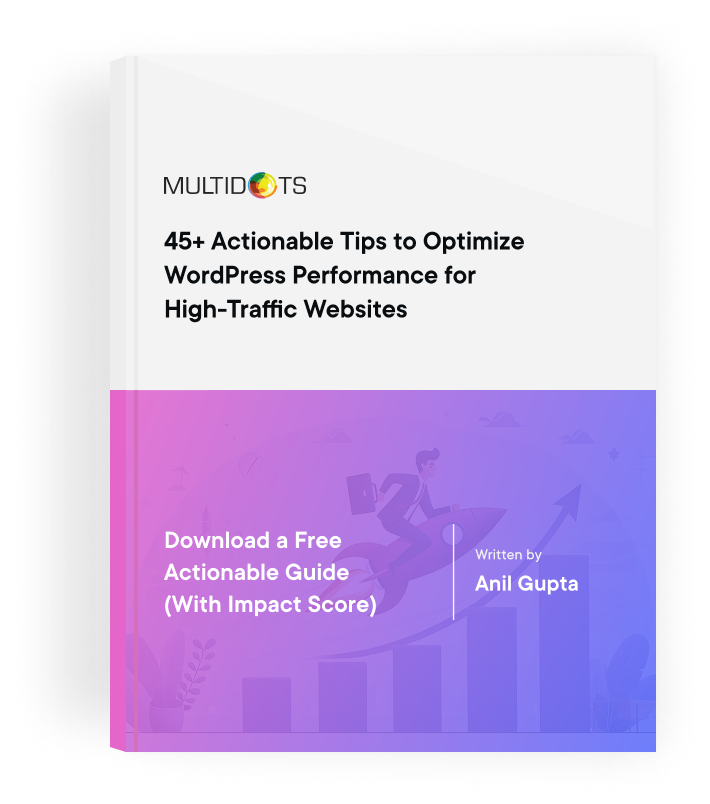Brand Consistency Between the Web and the Offline World
Explore strategies for maintaining brand consistency across online and offline channels to strengthen your identity

Table of Contents
Fast food may well be the only industry where we expect inconsistencies these days. On any given particular afternoon you may encounter a clean restaurant, friendly customer service, get your order right the first time, and be served a hot, freshly cooked meal. Unfortunately, at many places, your very next trip is almost guaranteed to be exactly the opposite — dining room in disarray, disgruntled workers that seem to mess up the simplest of orders, and food that appears to have been prepared hours beforehand.
Of course, the drive-thru is another adventure entirely.
But when it comes to virtually every other business and industry, consistency is, well, fairly consistent. This goes beyond simple day-to-day operations as well and tends to span across all channels of the organization’s presence and activities, both online and off.
While you may think you have a handle on your brand consistency and therefore naturally haven’t taken a broad look at it nor your overall brand consistency messaging in quite some time, you may want to read the rest of this article. Because one thing’s for certain: brand consistency isn’t always a good thing.
You Don’t Always Get What You Pay For
The old saying, "you get what you pay for" isn’t always true, especially in today’s fast-moving business climate. Far too many consumers have encountered new and exciting membership-based programs, from à la carte cable channels to monthly collectibles and clubs, where the initial startup fees are enticingly discounted and joining is quick and easy, but then things quickly go sideways from there.
In almost every single instance where it’s immediately apparent that the product or service doesn’t match the advertised description or the brand’s message, it is a virtual nightmare to cancel or in some cases, even find out how to begin the process.
While some organizations are courteous and professional enough to include cancelation info in the initial "welcome" email, that has rarely been the case in the past. Of course, many times, the process remains consistent from there, including their offline aspects.
Disconnected customer service numbers, excessive hold times, agents whose sole job seems to be to hard-sale the caller into retaining membership, and a whole line of obstacles designed to keep as much money in the coffers as possible await those attempting to cancel or obtain a refund.
The only thing that isn’t consistent for these brands is their initial ads, webpages, and product/service descriptions. Those are misleading by design and from the point of dissatisfaction or suspicion from the consumer that something isn’t right, it’s pretty much consistently wrong from then on.
Is Bigger Better?
While you might be inclined to believe that the giants of various industries are certain to have brand consistency down to a science, that’s actually not the case at all. Of course, numerous well-known name brands have made branding mistakes over the years, i.e. New Coke and Gap’s 2010 rebranding fiasco, but there is one rather enormous industry that is almost notorious for being consistently bad.
None other than commercial airline operators.
With the exception of a select few, many providers are consistently rated as having, to put it mildly, subpar customer service. From seemingly uncaring and overworked ticket agents to luggage lost for days or even possibly forever, many of us have almost come to expect less-than-stellar service from start to finish.
So why should we expect the online experience to be any different?
Though not restricted solely to the airline industry, many providers seem to think that providing a contact number on their website is some sort of new-age hide-and-seek. Lacking traditional headers and footers with company info as well as foregoing even a "contact us" page, it can be rather frustrating to locate a telephone number for customer service. Especially one that doesn’t lead callers to an all-infuriating AI system that either doesn’t understand them or practically refuses to connect to a live person.
When you think about it, it shouldn’t come as any surprise at all. The website’s focus is consistent with that of almost everyone and everything encountered within the industry: reservations and ticket sales. It’s quite unfortunate that lackluster customer service is the consistent factor in one of the largest industries on Earth.
The Right Consistency
When it comes to exceptional in-store customer service in the retail industry, you’d be hard-pressed to find better than Nordstrom. While shopping habits have changed drastically in recent years and retail organizations have had to evolve, Nordstrom has strived to ensure that their customer service remains top level.
That philosophy has been incorporated into their online experience as well. Having a high customer rating on sites like Influenster is reflective of how helpful their chat and phone support are in the even of issues with online orders. Of course, there are those that have reported dissatisfactory experiences, but it is impossible for anyone to have 100% satisfaction.
Nordstrom is consistent in their overall customer service and brand messaging, they value their customers and target audience as well as those that encounter the occasional error. Many retail stores both small and large unfortunately attempt to focus on in-store customer service but fall embarrassingly short with their online presence. For others, the exact opposite is true in that their Internet brand, service, and messaging are on-target and rather consistent, but offline they’ve completely lost their shine.
Being consistently inconsistent can be as harmful to your brand as being consistently bad at what you do. Of course, it can be incredibly difficult for even the best organizations to realign to ensure consistency between their online and offline worlds, and that’s why selecting the right partner can be the key to finding that critical balance.
The Second Set of Eyes
Chances are pretty good that you have a good idea for what you want your offline presence to be and you probably know what you want your overall brand message to be. But do you know how to translate that into the digital world of today? Are you certain that you have that brand consistency on both sides of this all-important coin? Are you sure that the service and care experience customers receive online matches the expectations created by their offline experiences? And is that a positive thing?
We can help!
At Multidots, we have a 100+ people team with experienced designers, developers, QA specialists, project managers and product experts who understand how to deliver an exceptional online experience inside and out. Consistency is key and we will evaluate both your offline and online business aspects to help make them better and bring them together.
We’ve been helping clients like you for over a decade now and whether you’re just starting out, simply desire a bit of professional consulting, or need a complete online transformation, we deliver top quality solutions with engaging customer relationships.
We are specialised in an enterprise-level project of WordPress & WooCommerce technology, in eCommerce, mobile and custom web applications with media publishing. Visit our website for more information on executive services. Contact us by phone or fill out this quick form, we are happy to discuss more on your idea and assist to realising them.
Schedule a consultation call and discuss your migration requirements.
Contact Us
